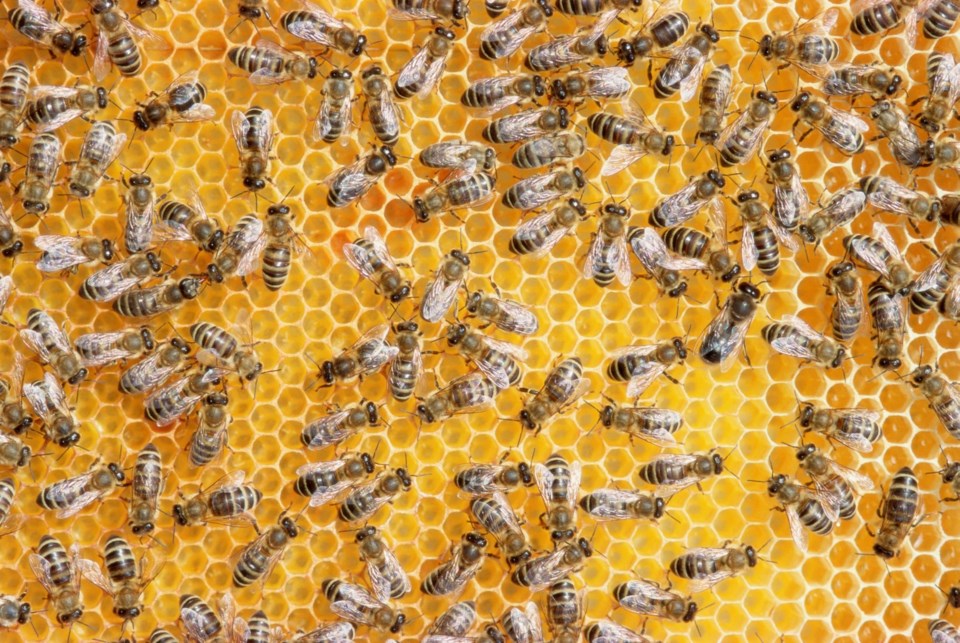WESTERN PRODUCER — The Canadian Food Inspection Agency is reassessing whether packaged honeybees from the United States should be allowed into the country.
The risk assessment is based on World Organization for Animal Health guidelines and expected to be done early next year. The CFIA is accepting new scientific information on bee diseases and pests until Aug. 31.
The last assessment was done in 2013 and earlier this year the federal standing committee on agriculture heard pleas from some beekeepers to re-open the border because they believe the risks are low.
However, not everyone feels that way.
Nathan Wendell, president of the Saskatchewan Beekeepers Development Commission, said this is a long-standing issue within the industry that takes a lot of time and resources. He said the province supports a new risk assessment but not an open border.
“For many years since the border was closed in 1987 Saskatchewan as a province has been opposed to opening of the U.S. border to the importation of packaged bees,” he said, adding that most provinces have the same position.
Alberta is pushing to re-open, as are individual beekeepers in other provinces who want to be able to replenish stock more quickly and easily.
Canada imports queen bees from the U.S., as well as Chile, Australia, New Zealand, Denmark, Ukraine, Italy and Malta, according to the CFIA. However, packages are restricted to Ukraine, Italy, Chile, Australia and New Zealand, where the disease and pest profiles are lower.
Those who support the status quo say the risks from importing packages of tens of thousands of bees are just too great. Queens come in smaller numbers and can be more easily inspected for disease and pests.
"It’s easier to deal with varroa and small hive beetle in queens,” said Saskatchewan’s provincial apiarist, Geoff Wilson.
Wendell said the U.S. reported losing nearly 50 percent of colonies last year and has been experiencing steadily increasing losses. Varroa mite is considered the main culprit, along with extreme weather, pesticides and other factors.
Canada’s mortality was significant in the 2021-22 winter, at 45 percent, but typically it is around 30 percent.
According to Wilson, the five-year average in Saskatchewan is 23.5 percent loss, compared to 37 percent in Alberta and 29 percent in Manitoba.
Saskatchewan has been a leader in maintaining its own domestic supply of bees. Canadian Honey Council president Jake Berg told the standing committee in May that a domestic supply could be developed if some larger pollinators accepted that it could be done rather than look to imports.
“It will never be the whole answer, but it could be developed into a larger piece of the pie,” he said then.
He said the pandemic highlighted the precariousness of imports because cancelled flights meant both queens and packages didn’t arrive.
“While imported stock supplies remain a hot topic, the absolute need to increase domestic stock supplies should and does remain a key issue in maintaining a healthy supply of bees,” said Berg.
It is technically possible for bees to go from Canada to the U.S., but Wilson said it’s impossible because the U.S. has a 10-day time frame to get all the viral testing done when the process actually takes 14 days.
Wendell said he doesn’t think American producers necessarily want Canadian bees. He said his personal opinion is that the U.S. wants to be Canada’s sole source for bees, which would allow it to control the market.
He said if the CFIA allows the border to open, then diseases, pests and treatment-resistant strains of those diseases and pests will enter the country.
“Once we have them here we can’t get rid of them. We can’t undo that decision once it’s made,” he said.
Saskatchewan supported the risk assessment because it had been so long since the last one and to see if the debate can be settled, he added.




